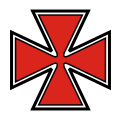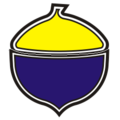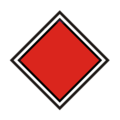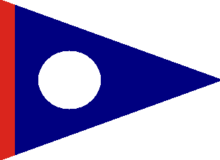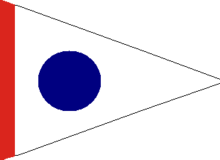American Civil War Corps Badges
Corps badges in the American Civil War From Wikipedia, the free encyclopedia
Corps badges in the American Civil War were originally worn by soldiers of the Union Army on the top of their army forage cap (kepi), left side of the hat, or over their left breast. The idea is attributed to Maj. Gen. Philip Kearny, who ordered the men in his division to sew a two-inch square of red cloth on their hats to avoid confusion on the battlefield. This idea was adopted by Maj. Gen. Joseph Hooker after he assumed command of the Army of the Potomac, so any soldier could be identified at a distance.

Maj. Gen. Daniel Butterfield, Hooker's chief of staff, was assigned the task of designing a distinctive shape for each corps badge. Butterfield also designated that each division in the corps should have a variation of the corps badge in a different color. Division badges were colored as follows:
- Red — First division of corps
- White — Second division of corps
- Blue — Third division of corps
These were used in the United States' Army of the Potomac. For the most part, these rules were adopted by other Union Armies; however, it was not universal. For example, the XIII Corps never adopted a badge, and the XIX Corps had the first division wear a red badge, the second division wear a blue badge, and the third division wear white.
For Army corps that had more than three divisions, the standardization was lost:[1]
- Green — Fourth division of II, III, VI, IX, and XX Corps
- Yellow — Fourth division of XV Corps (reportedly Orange was also used for a 5th Division Badge)
- Multicolor — Headquarters or artillery elements (certain corps)
The badges for enlisted men were cut from colored cloth, while officer's badges were privately made and of a higher quality. Metallic badges were often made by jewelers and were personalized for the user. The badges eventually became part of the Army regulations and a great source of regimental pride.[2]
Corps badges
- Union Army, I Corps, 1st Division Badge,
- Union Army, II Corps, 3rd Division Badge
- Union Army, III Corps, 3rd Division Badge
- Union Army, IV Corps, 3rd Division Badge
- Union Army, V Corps, 1st Division Badge
- Union Army, VI Corps, 1st Division Badge
- Union Army, VII Corps, 3rd Division Badge
- Union Army, VIII Corps, 3rd Division Badge
- Union Army, IX Corps, 1st Division Badge
- Union Army, X Corps, 1st Division Badge
- Union Army, XI Corps, 1st Division Badge
- Union Army, XII Corps, 1st Division Badge
- Union Army, XIV Corps, 3rd Division Badge
- Union Army, XV Corps, 3rd Division Badge
- Union Army, XVI Corps, 1st Division Badge
- Union Army, XVII Corps, 1st Division Badge
- Union Army, XVIII Corps, 3rd Division Badge
- Union Army, XIX Corps, 1st Division Badge
- Union Army, XX Corps, 1st Division Badge
- Union Army, XXII Corps, 3rd Division Badge
- Union Army, XXIII Corps, 3rd Division Badge
- Union Army, XXIV Corps, 1st Division Badge
- Union Army, XXV Corps, 1st Division Badge
Corps flags
Summarize
Perspective
I Corps, Army of the Potomac
 |  |  |
| 1st Division | 2nd Division | 3rd Division |
II Corps, Army of the Potomac
 |  |  |
| 1st Division | 2nd Division | 3rd Division |
 |  | 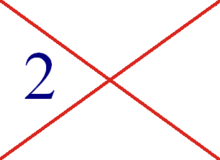 |
| Corps Hqr's | Artillery Brigade | Quartermaster |
 | ||
| 4th Division (rarely used) |
III Corps, Army of the Potomac
 |  |  |
| 1st Division | 2nd Division | 3rd Division |
 | ||
| 4th Division (rarely used) |
IV Corps, Army of the Cumberland
 |  |  |
| 1st Division | 2nd Division | 3rd Division |
V Corps, Army of the Potomac
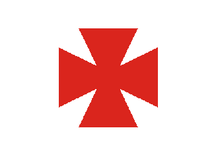 |  |  |
| 1st Division | 2nd Division | 3rd Division |
VI Corps, Army of the Potomac
 |  |  |
| 1st Division | 2nd Division | 3rd Division |
 | ||
| 4th Division |
VII Corps, Dept of Arkansas
 |  |  |
| 1st Division | 2nd Division | 3rd Division |
VIII Corps, Middle Department
 |  | 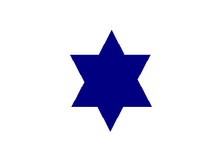 |
| 1st Division | 2nd Division | 3rd Division |
IX Corps, Army of the Potomac
 |  |  |
| 1st Division | 2nd Division | 3rd Division |
 | ||
| 4th Division |
X Corps, Department of South
 |  |  |
| 1st Division | 2nd Division | 3rd Division |
XI Corps, Army of the Potomac
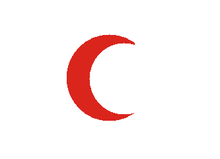 |  |  |
| 1st Division | 2nd Division | 3rd Division |
XII Corps, Army of the Potomac
 |  |  |
| 1st Division | 2nd Division | 3rd Division |
XIII Corps, Army of the Tennessee
No badge was designated for the XIII Corps.
XIV Corps, Army of the Cumberland
 |  | 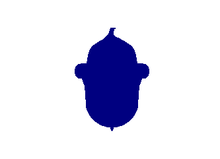 |
| 1st Division | 2nd Division | 3rd Division |
XV Corps, Army of the Tennessee
 |  |  |
| 1st Division | 2nd Division | 3rd Division |
 |  | |
| 4th Division | Headquarters |
XVI Corps, Military Division of West Mississippi
 |  |  |
| 1st Division | 2nd Division | 3rd Division |
XVII Corps, Army of the Tennessee
 |  |  |
| 1st Division | 2nd Division | 3rd Division |
XVIII Corps, Army of the James
 |  |  |
| 1st Division | 2nd Division | 3rd Division |
XIX Corps, Middle Military Division
 |  | 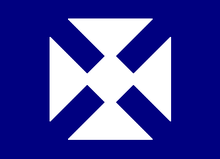 |
| 1st Division | 2nd Division | 3rd Division |
XX Corps, Army of the Cumberland
 |  |  |
| 1st Division | 2nd Division | 3rd Division |
 | ||
| 4th Division| |
{Note:XX Corps Badges same as the old XII Corps; the XX Corps was consolidated from the XI and XII Corps}
XXI Corps
 |  |  |
| 1st Division | 2nd Division | 3rd Division |
 | ||
| Headquarters |
XXII Corps, Dept of Washington
 |  |  |
| 1st Division | 2nd Division | 3rd Division |
XXIII Corps, Dept of Ohio & Dept of North Carolina
 |  |  |
| 1st Division | 2nd Division | 3rd Division |
XXIV Corps, Dept of Virginia
 |  |  |
| 1st Division | 2nd Division | 3rd Division |
XXV Corps, Army of the James, Dept of Texas
 |  |  |
| 1st Division | 2nd Division | 3rd Division |
Cavalry corps
Brigade badges
I Corps, Army of the Potomac
See also
References
External links
Wikiwand - on
Seamless Wikipedia browsing. On steroids.





